As an animal behaviourist, I’ve had the privilege of working closely with a variety of animals, and one thing I’ve learned is that building a strong bond with your pet is not only essential for their well-being, but also contributes greatly to our own happiness!
Strengthening this bond goes beyond companionship – it’s about love, understanding and trust. Here I share three easy ways to enhance your connection with your furry, feathered or four-legged friend.
1. Training
So this doesn’t from the outset sound like one of the most powerful activities to bond with your pet, but hear me out.
Training isn’t just about obedience; It’s about engagement, interaction, satisfaction, and helping them view you as a source of resources.
Here’s why training is one of the best things for bonding with your pet:
- Enhanced communication: teaching your pet cues and commands establishes a shared language that allows you to understand each other better, building a stronger connection as your pet learns to interpret your signals.
- Easy living: especially with puppies and kittens, training wires up their brain in ways that are conducive to living happily within our human families and human world.
- Focused quality time: you and your pet are interacting in a focused and positive manner.
- Building trust: training involves positive reinforcement, reinforcing the idea that you’re a source of safety and good experiences, which builds trust, connection and a greater willingness to engage with you.
- Mental stimulation: training engages your pet’s mind, essential for overall wellbeing plus they get to enjoy the satisfaction of success!
- Confidence building: as your pet learns and masters new things, they become more confident in themselves which can extend to their interactions with you, basically they are building emotional resilience.
- Shared achievements: when you teach your pet new skills, you’re achieving something together, creating a sense of teamwork and shared achievement. Dogs in particular have a strong desire to collaborate and cooperate with other members of their pack.
- Creating the mentor bond: using a clicker and treats while training helps your pet view you as a source and controller of resources. Over time they’ll become more focused on you, attuned to your direction and they’ll see you as their compassionate mentor, a healthy bond for a pet to have with their human.
Dogs and parrots are both intelligent and highly capable of learning a whole raft of tricks, but you can also train cats, horses and rabbits. Using a clicker will help your pet understand more quickly what you’re teaching, it’s used to mark the exact moment your pet does the right behaviour.
Training also assists in your bond with your pet is by helping them become more responsive to you, which makes them even more of a joy to be around!
2. Get to know them
If you can read your pet’s signals accurately and respond appropriately, it will have an immensely powerful affect on your bond.
Take the time to learn how your pet operates, including species-specific cues and behaviours along with their unique personality.
To have true love and respect for your pet, you need to understand how THEY see the world, what they like and don’t, and what their signals actually mean (so many pet behaviours are regularly misinterpreted). Pets aren’t sophisticated enough to understand humans, so they process their communication with us through their own lens – we aren’t always saying what we intend!
Here are some common misunderstandings that will affect your bond with your pet…
- Most cats don’t like their back end or rump region being petted, as it’s related to mating behaviour. Lots of cats also don’t like their belly being touched, they evolved to keep this area protected so they see it as a threat. If you want to bond with a cat, start by stroking around the cheeks, base of the ears and under the chin – touching in these areas arouses pro-social behaviours.
- Some signs that a cat is displeased include shaking their head, rippling in the fur on their back, licking their nose, turning their head sharply to face you, suddenly grooming themselves for a few seconds, or their tail starting to flick and thump. Just before they may show aggression their pupils will often change shape and size. Were you aware of these signals?
- Dogs can show subtle signs of stress or discomfort such as yawning, lip licking or suckling on a toy or bed. Their body tone often stiffens, hackles can go up, pupils can dilate, they may be panting and if aggressive can fix a stare and even growl or bark. Failure to understand these signals can mean a dog becomes increasingly distressed – not great for your bond!
- Horses may be intimidated by a direct approach, or made nervous by fast movements near their head. A horse’s posture can tell you a lot about how they’re feeling.
- Parrots are highly social animals who need similar levels of interaction and enrichment to a dog, so don’t get one if you’re looking for a really low maintenance pet.
- Many pets prefer to hide in a small, dark space if they’re feeling frightened (like under the bed when fireworks are going off), yet I see many people forcing them out of these spaces due to the misguided belief that their pet will feel better out in the open with them. This isn’t always the case and could increase the pet’s distress.
Every pet is different, that’s why it’s so important to learn generally how different types of pets communicate likes and dislikes, then apply that to what you know of your own pet.
Pets that have been raised with a lot of social contact, for example, will be much more tolerant. Certain breeds will also handle certain things with more confidence, for example gun dogs like labradors will generally cope better with noises than a more sensitive breed.
3. Quality time
This comes as no surprise, but quality time with your pet contributes greatly to a healthy, meaningful relationship. Whether you have a dog, cat, rabbit, horse, bird or dog, consider how you can incorporate some quality time into your day. For example:
- Cuddling & physical contact: it doesn’t have to be complicated, patting your pet on the couch as you watch TV is a lovely way to bond!
- Interactive play: play is a great way to bond with your pet, check out last month’s blog where we expanded on this topic.
- Grooming: depending on at the pet, this can be a bonding experience. Some pets will find it soothing and trust building, others may not.
- Outdoor adventures: walks or playtime in nature are good for the mind, body and soul!
- Quiet time: having your pet tail you around as you go about your chores or garden can be a nice way to bond, enjoy chatting to them and simply peacefully being in their company
It’s so worth it!
Building a strong, trusting bond with your pet is immensely valuable, both for them and for you. When you have this kind of loving relationship with a pet, it has the most amazingly powerful impact on your life! You go beyond mere pet “ownership” and into a lifelong connection filled with love, mutual respect, understanding and happiness. It’s a beautiful thing.






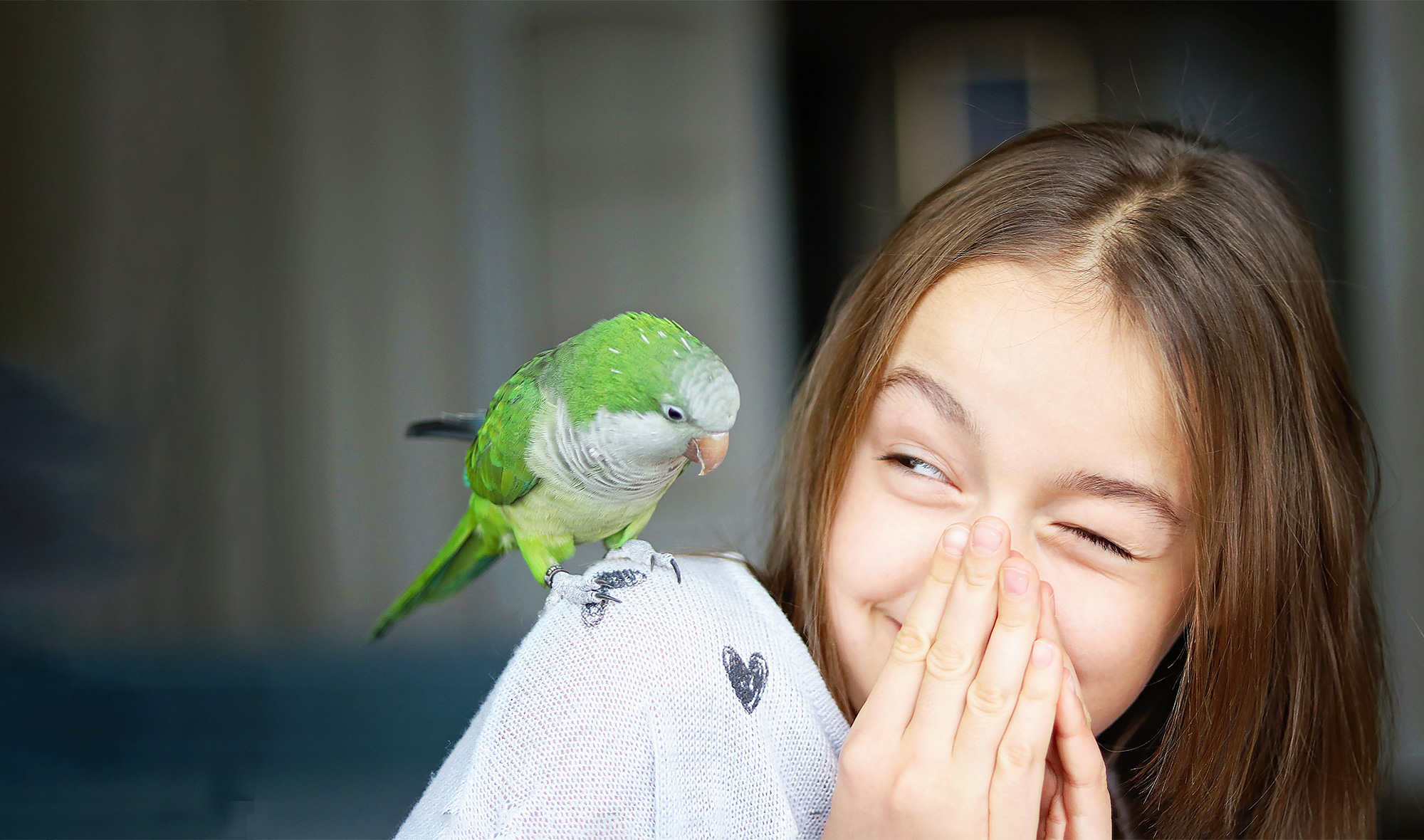
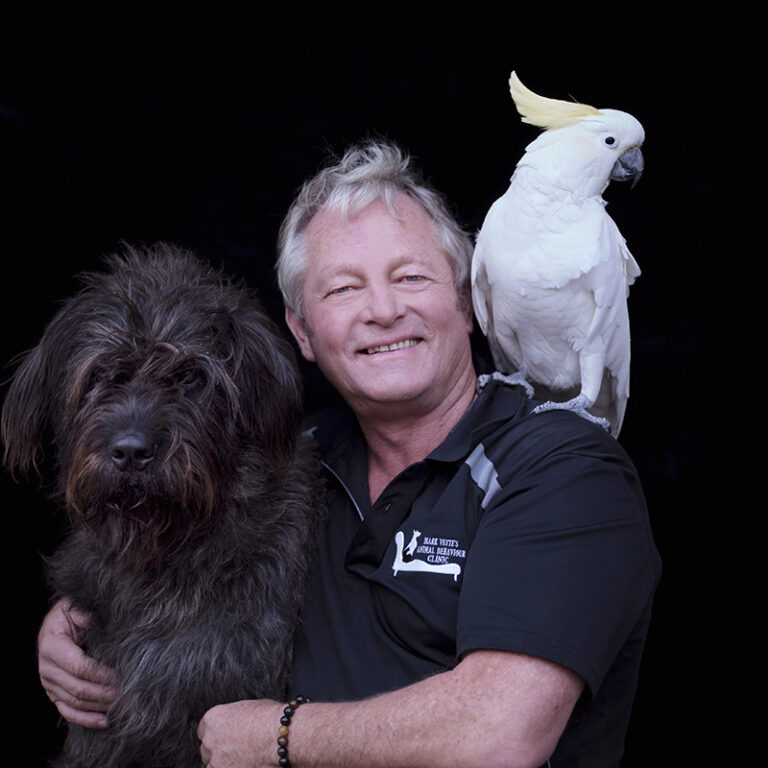
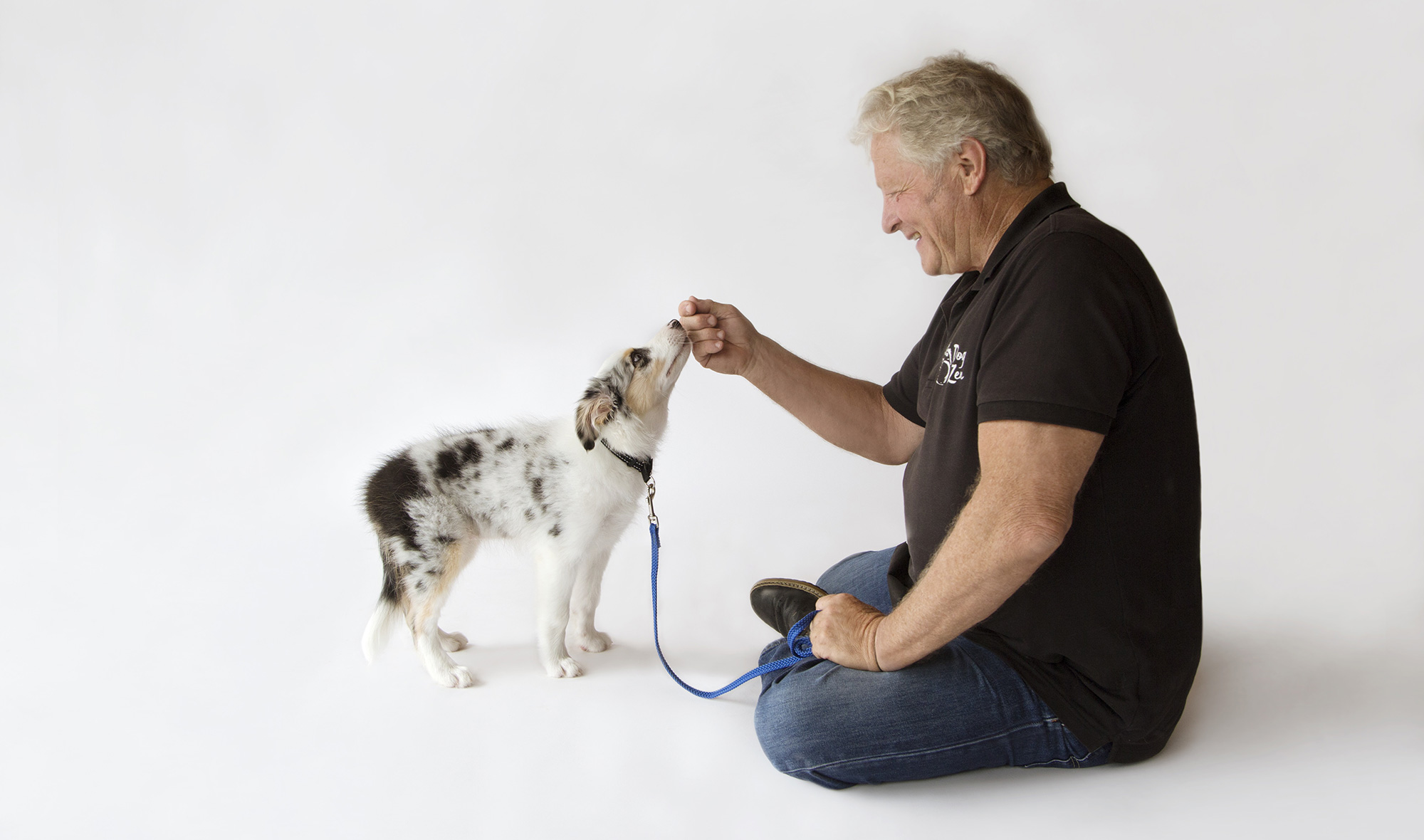
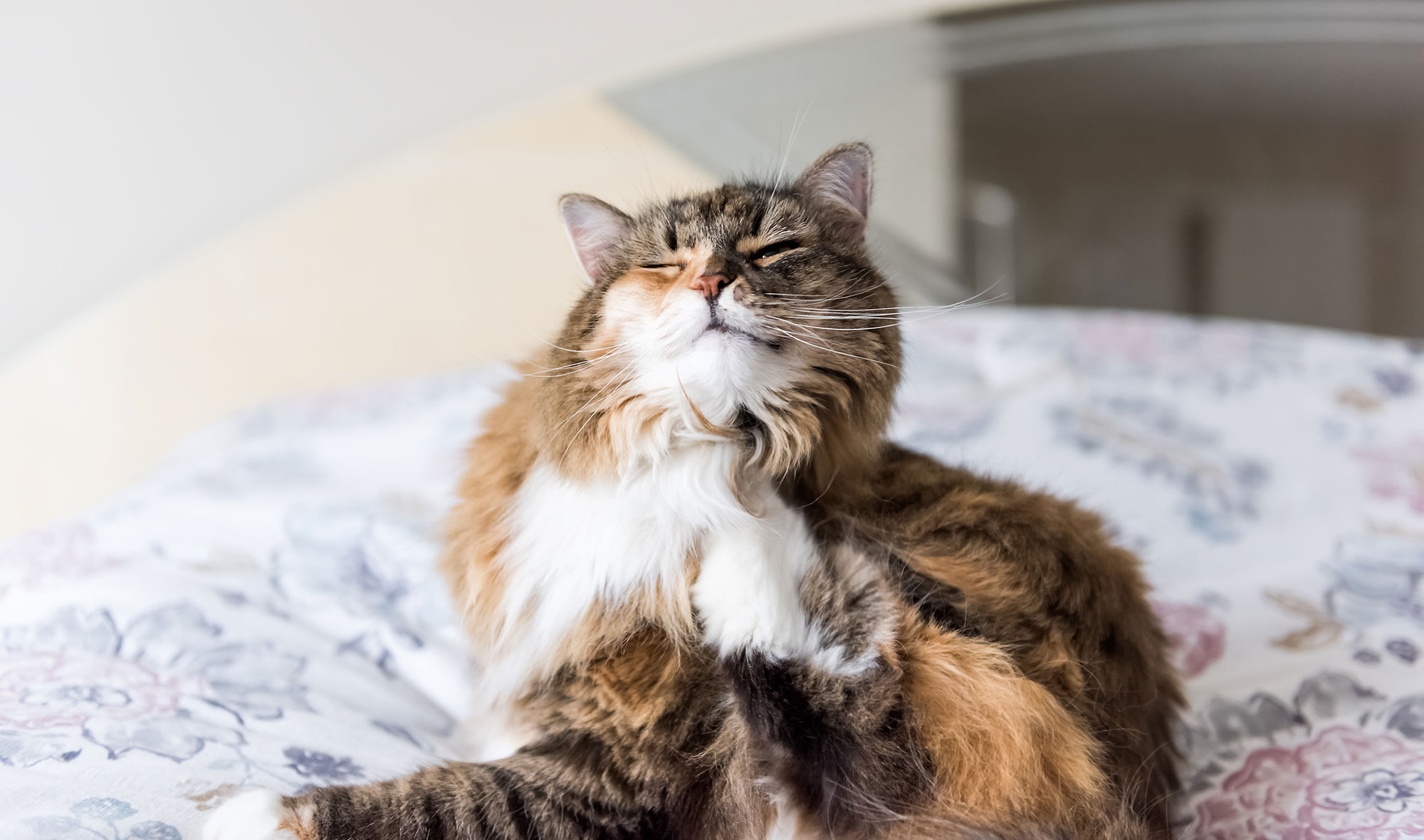
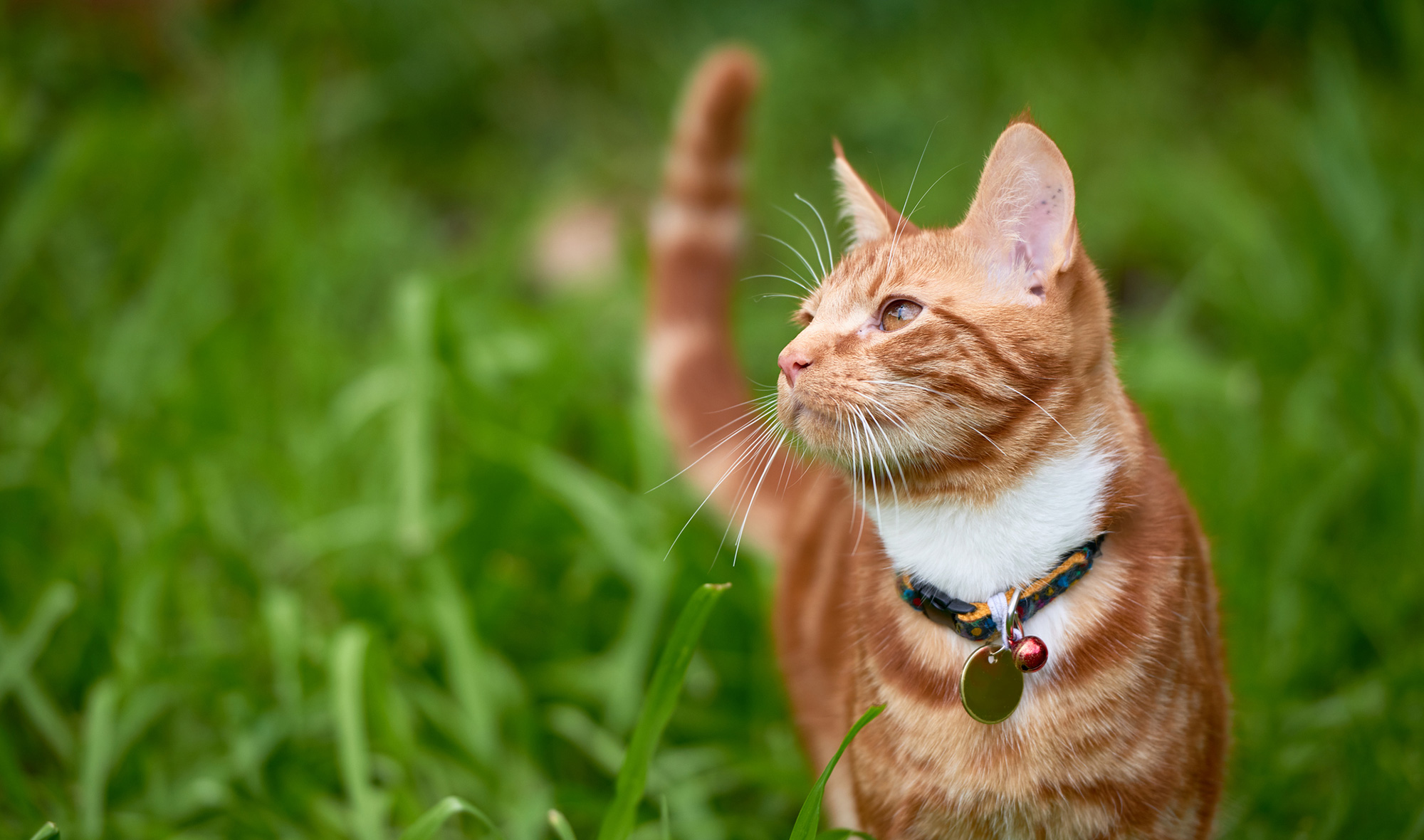
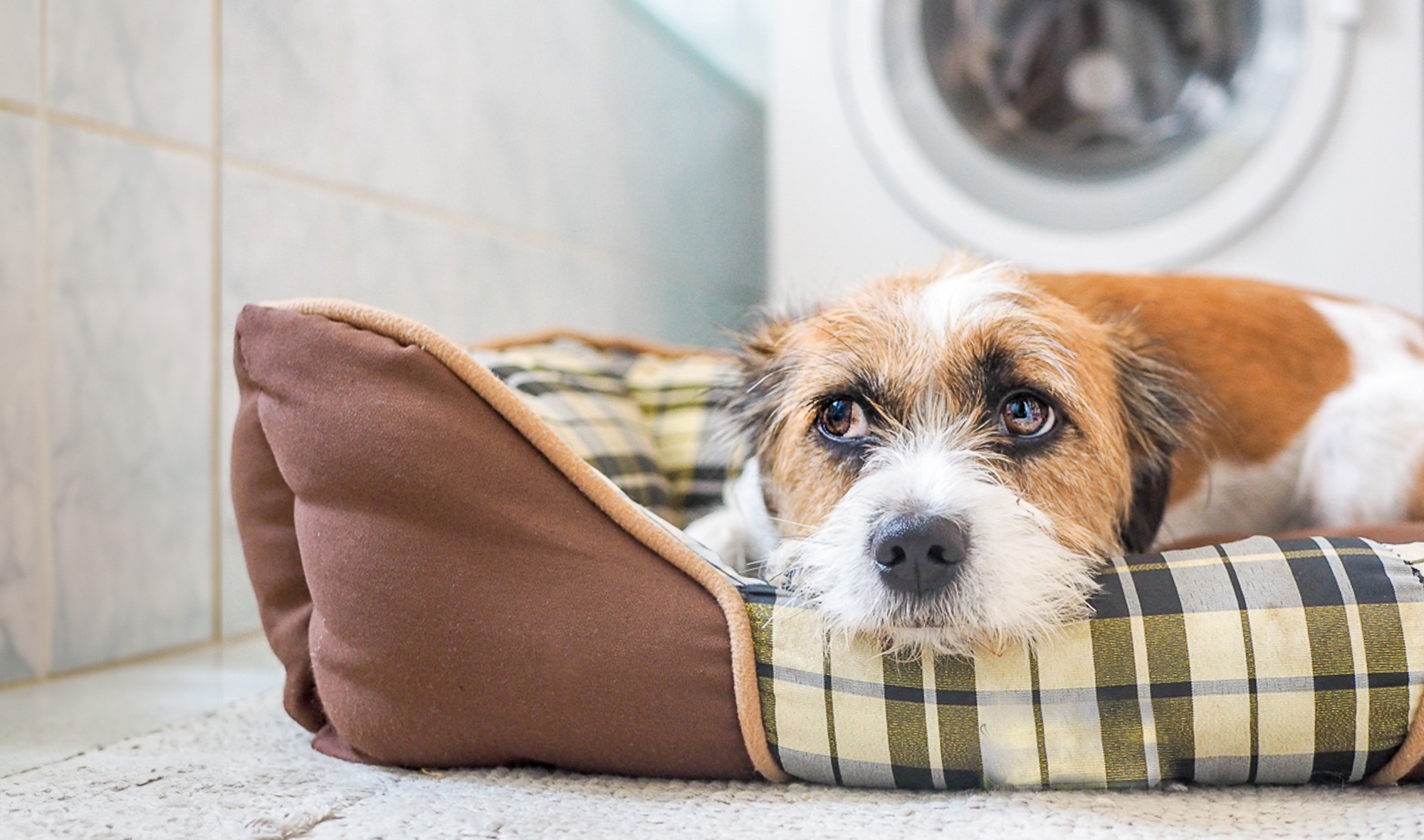


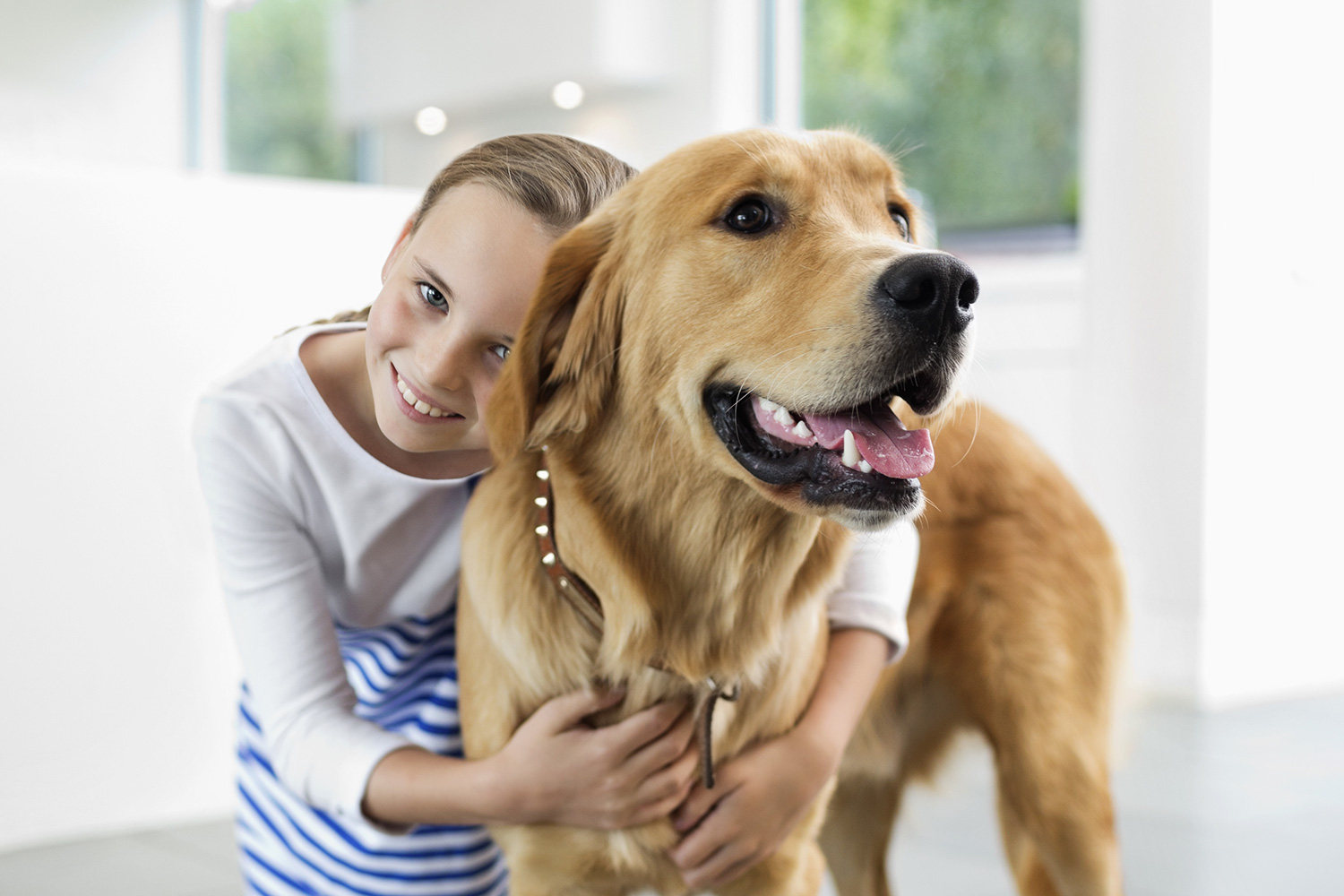
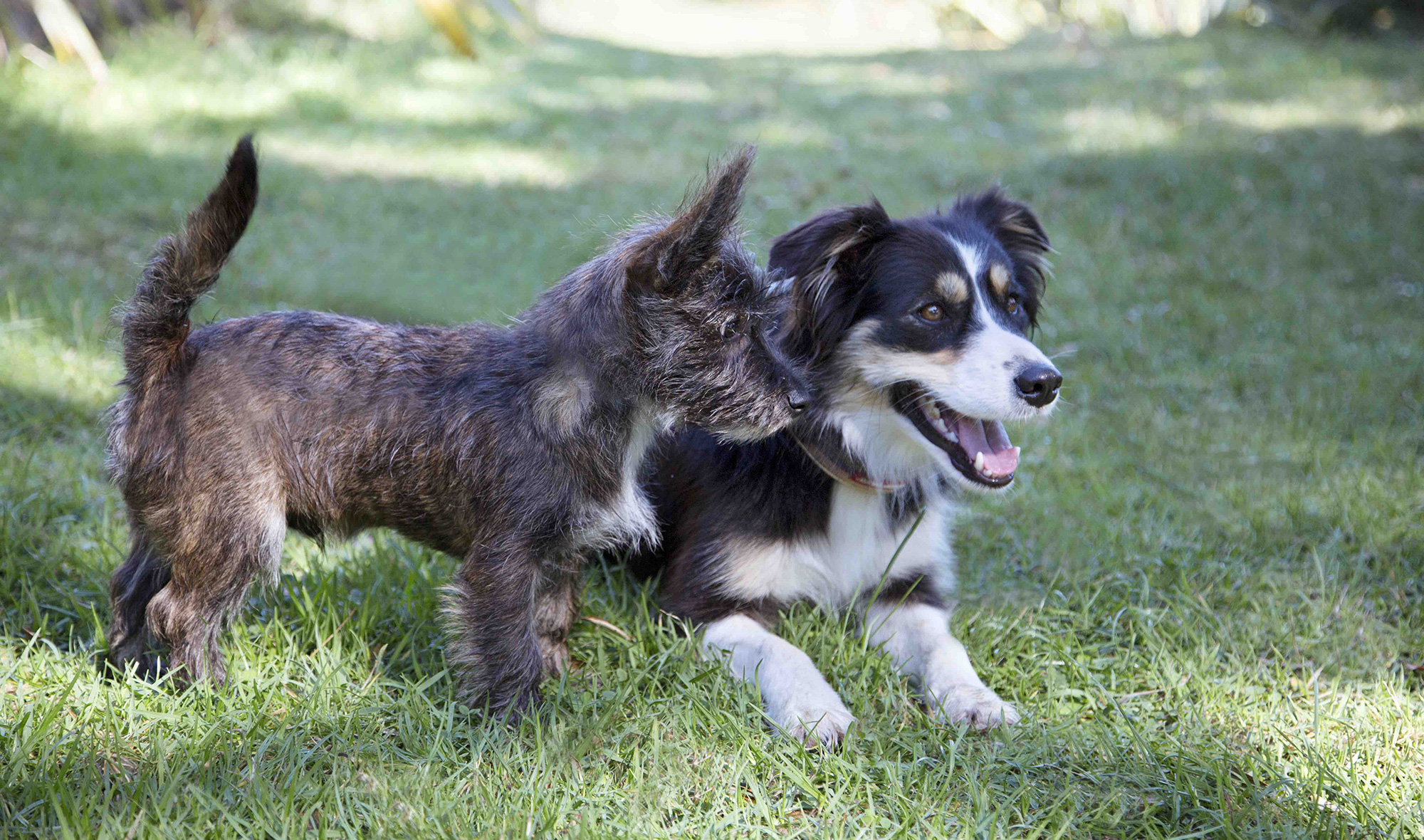
Community